If you've never been flashed by a speed camera, you're in a rather select group; the UK's 1,300 cameras caught 1.74 million drivers in 2021-22 alone.
But whether you've been hit by the minimum speeding penalty - £100 and 3 penalty points - or not, it's wise to familiarise yourself with the various speed cameras in operation.
If you’re caught by a speed camera, you’ll be sent either a Notice of Intended Prosecution or Section 172 notice in the post - within 14 days.
It’s commonly accepted that speed cameras give you some leeway - i.e., 10%+2mph above the speed limit. However, mobile speed cameras are operated by real officers, who may not be so lenient!
Here are the 15 speed cameras UK police and highways agencies used most.
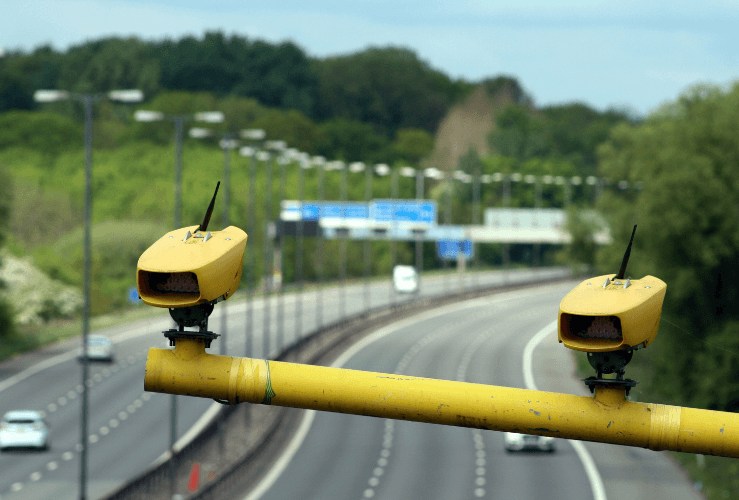
Jenoptik Vector
The Vector is a space-age-looking camera with all the menace of a malevolent robot. Thank goodness it's bolted to a pole!
The Vector is among the most common type of speed cameras UK police use.
Manufactured by German firm Jenoptik, the Vector is technically a "two-lane bi-directional ANPR" (automatic number plate recognition) camera.
It works out the average speed of a passing vehicle.
Vector identifies a vehicle by its number plate and calculates its average speed between two different points along the road.
It can work in rain, snow and blazing sun, and is quick enough to catch even speeding supercars. And with two-lane monitoring (even with traffic moving in opposite directions), this is an impressive machine.
Grey variants are used for monitoring bus lanes, yellow boxes, traffic lights, parking violations and tolled areas (if you have ever been caught out by the London Congestion Charge, chances are this camera got you!).
Do traffic light cameras flash in the UK?
No, UK traffic light cameras do not flash - so you won't know you’ve been caught until the ticket lands on your doormat!
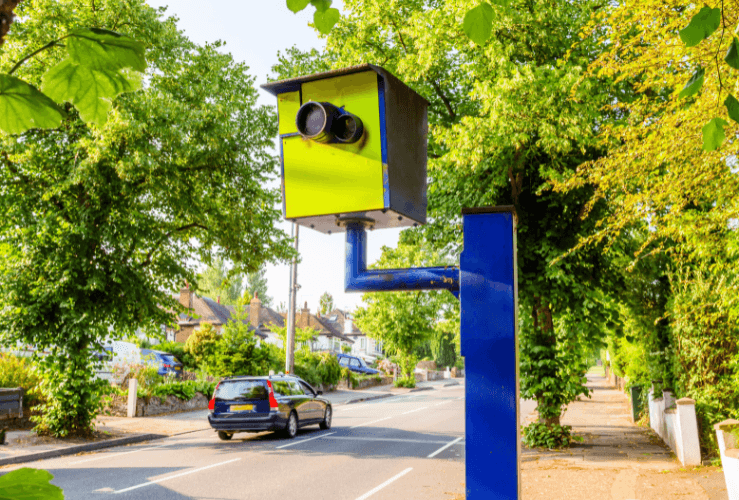
Truvelo Combi Forward or Rearward Facing
This is one of the most common types of speed cameras UK authorities use.
It usually faces forward, but can be rearward facing, too.
It works out the speed of passing vehicles with its four road sensors. There are three lines across the road near the device, and if the sensors detect a speeding vehicle, it "flashes" it as it crosses the middle line.
When it comes to speeding, this Truvelo speed camera has most drivers banged to rights - because it takes a photo of the offender as it crosses the line.
However, the image is not released unless the car owner asks for it. This is in case the driver was with someone they might not want to be seen with!
The name Truvelo is derived from "true velocity" and is manufactured by South African firm Truvelo Manufacturers (Pty) Ltd.
Jenoptik Digital SPECS
Another successful speed enforcement camera from Jenoptik, the Digital SPECS speed camera is often seen mounted on motorway gantries and can be forward or rearward facing.
The SPECS is an infrared ANPR camera with an infrared illuminator - meaning it can work in all weather conditions, and in both daylight and under street lighting.
It can also function in complete darkness if infrared flood lighting has been installed.
Alongside the Permanent SPECS, Temporary SPECS are also available - these are used on roadworks where contraflows and narrow lanes can impact safety.
Some drivers try to evade SPECS speed cameras by changing lanes, but this could be unwise since it may not be clear which cameras started and stopped measuring the vehicle's speed.
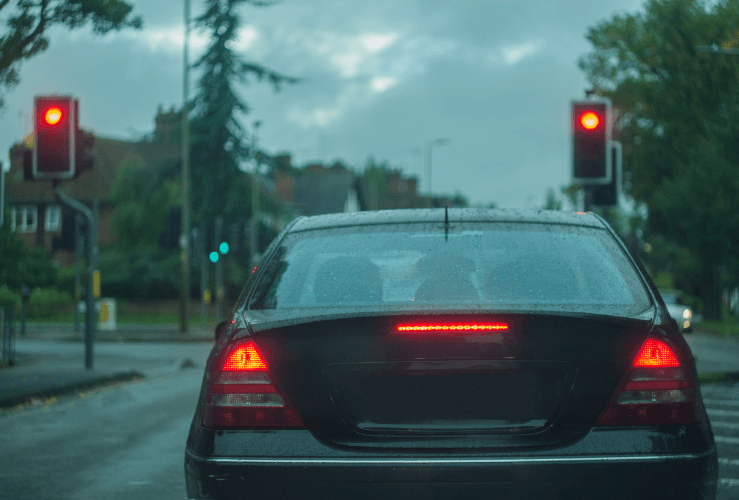 Redguard (Red Light Violations)
Redguard (Red Light Violations)
If you've ever been caught running a red light, it's likely a Redguard sealed the deal.
This multi-tasker can monitor up to four lanes at any one time and uses radar or road sensors which begin operating when the red light shows.
No fewer than three snaps are taken of any violating vehicle: the first is of the number plate; the second a wide shot of the vehicle and its surrounds; and the third of the vehicle moving over the line.
They can also be used to catch drivers who speed through a green light.
Built by Redspeed International Ltd. of Kidderminster, this is the first British speed camera on our list.
Truvelo D-cam
Another bane of the motorist's life from Truvelo, the D-cam can be used as a speed camera or a red-light camera.
It can monitor up to three lanes and can point forward or rearward.
Sensors are built into the stop line, while three check lines are painted after it.
In the 75cm gap between the stop line sensor and the middle check line is where the magic happens; visual proof is taken when the front wheels are in this zone after running the stop line.
Concerned the D-cam will run out of space?
Don't be. It can hold 100,000 digital photos: that's a lot of red-light tickets!
Hadecs
Usually installed on 'smart' variable speed limit motorways such as the M1, M6 and M25, the latest version of the Hadecs (model 3) is normally located on the side of gantries, rather than on top.
The system harnesses radar which measures vehicle speed, taking three photos if the limit is breached. One snap is of the number plate, while the other two are scrutinised by enforcement as a secondary check.
The Hadecs 3 can monitor up to five lanes from a single position.
While operated by Highway England, Hadecs systems are built by Australia's Redflex and the Netherlands' Dynniq.
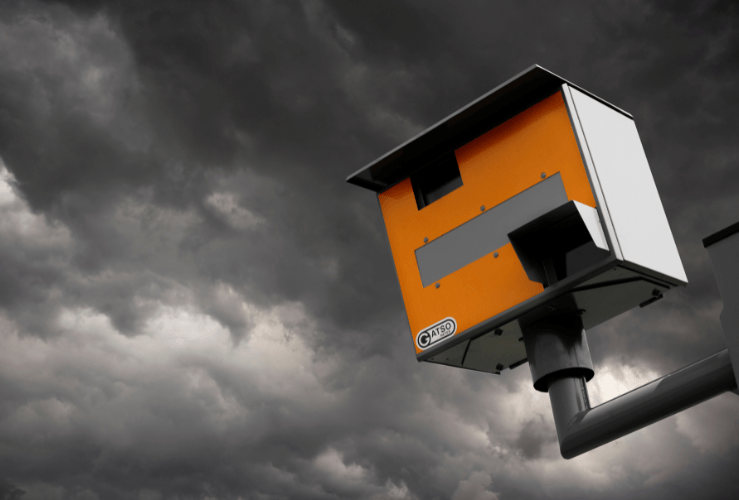
Gatsometer Type 24
This radar camera - among the most common types of speed camera on UK roads - measures vehicle speed, taking to snaps if the limit is breached.
This photo evidence is backed up by data from secondary check marks (white lines) located at intervals and used to measure speed.
It was designed and built by Dutch firm Gatso, whose brand has become synonymous with 'speed camera' - thanks to its market penetration in the UK and wider Europe.
Interestingly, the firm also supplies dummy Gatso speed cameras, which flash speeding drivers but do not send a speeding notification.
Early Gatsometers used film to capture violators, but these were phased out from 2007 when the first digital Gatso appeared.
REDFLEX Speed Cameras
REDFLEX is available in two models - the REDFLEXred, which handles red light violations and green lighting speeding; and the REDFLEXspeed, which monitors motorways (covering up to six lanes if necessary!).
REDFLEX speed cameras effectively combine 11 MP digital photos with radar to catch its prey!
Speedcurb Camera
The Speedcurb can be set up in pairs to monitor up to four lanes of traffic, with another set policing the opposite direction.
The system harnesses three 'piezo' sensors positioned three metres apart which measure a vehicle's speed. Additional road surface check marks provide additional evidence.
The Speedcurb camera takes three photos: one of the number plate, and two others which show the vehicle's progress over time, and its location.
Speedspike
The Speedspike is an average speed camera that measures speed and takes a number plate photo for use with the ANPR system.
The system can communicate with up to 1,000 cameras in a given area, using 3G and GPRS.
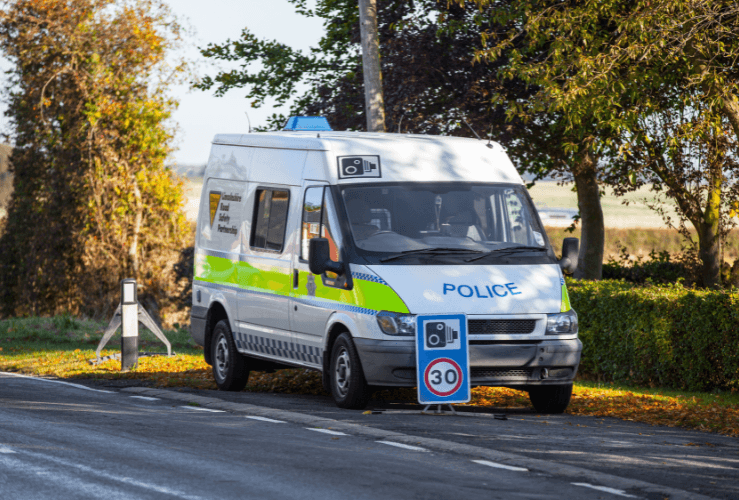 Mobile speed cameras
Mobile speed cameras
These units are usually deployed to high-accident areas or rural locations with fast B-roads.
Officers use radar and/or laser-based speed measuring systems.
While most units are van-based, there was a famous occasion of a police officer secreting themselves in a horsebox!
How do mobile speed cameras work?
In the case of laser-based mobile speed cameras, the officer must have a clear view of the vehicle whose speed is being checked. However, the camera’s 10cm diameter lasers do not need to “see” the entire vehicle to take a measurement.
Long Ranger camera
Gloucestershire Police began trialling the Long Ranger back in 2018.
It's suitably named, since it can record speeding vehicles up to 1,000m away.
But this Big Brother device goes even further - able to catch middle lane hoggers, tailgaters and drivers who were not strapped in. it can also spot drivers eating, drinking and using mobiles behind the wheel.
Gloucestershire Police caught 1,325 Highway Code-flouters in just one month.
Given the Long Ranger’s ability to catch various offences being committed up to 1km away, it’s the most powerful handheld speed camera in the police’s arsenal.
It is also, arguably, one of the most potent speed cameras on the market in general.
And while the Long Ranger may be another sentinel in the UK’s “surveillance society”, it certainly helps traffic police do their job at a period when manpower and funding has been cut.
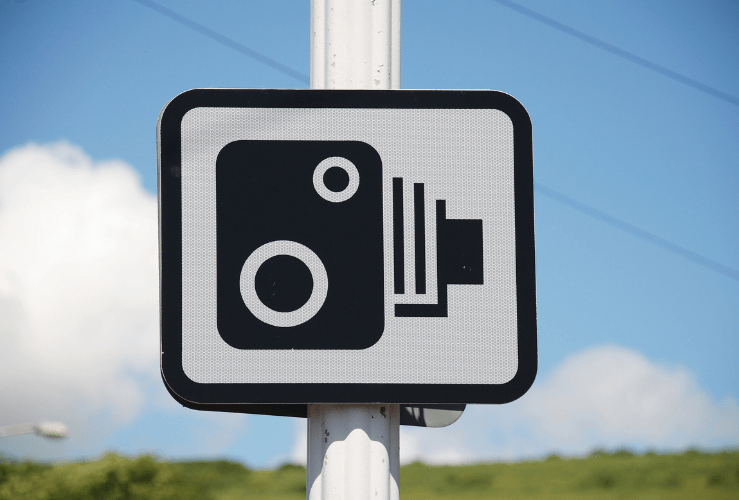 Autovision/Autovision 2/DS2/SpeedMaster
Autovision/Autovision 2/DS2/SpeedMaster
It goes by many names but has one function: to catch you breaching the speed limit!
This system uses 'piezo' strips embedded in the road surface, which work out the velocity of each vehicle that passes over.
These diminutive cameras can be tricky to spot. More worryingly, they can pass on details of a speeding car to a police unit up the road, who may pull the offender over for a ticket!




